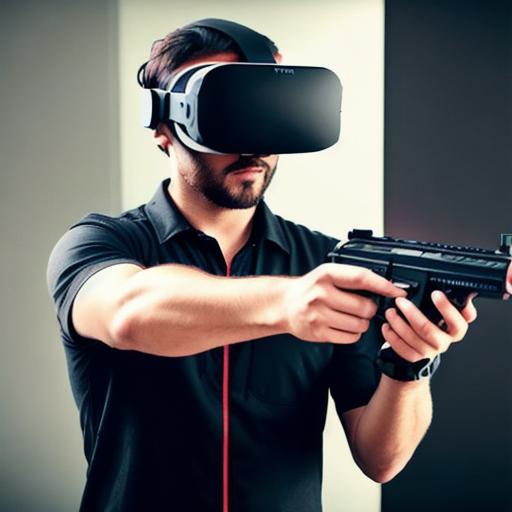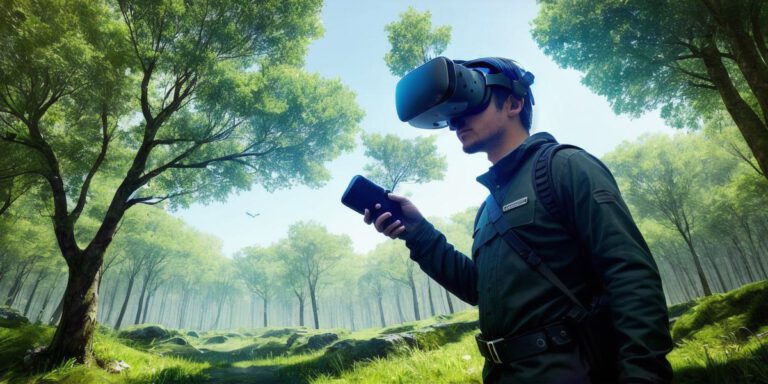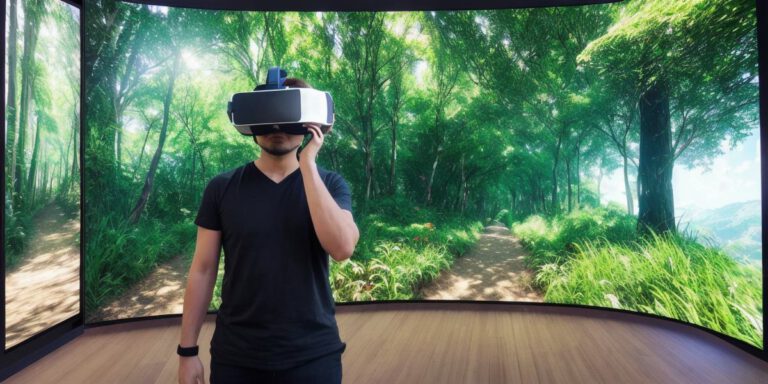Understanding Virtual Reality: Its Components, Applications and Future Trends

Virtual reality (VR) has become increasingly popular in recent years, with applications ranging from gaming to healthcare, education and more. In this article, we will explore the components of VR, its current applications, and future trends.
Components of Virtual Reality
Virtual reality is made up of several key components that work together to create an immersive experience for the user. These include:
- Head-mounted display (HMD): The HMD is worn on the head and displays a 3D image in front of each eye, creating the illusion of depth.
- Motion tracking sensors: These sensors track the movement of the user’s head and body, allowing for a more realistic experience.
- Computer hardware: High-performance computers are required to generate and render the 3D graphics in real-time.
- Controllers: Controllers allow the user to interact with virtual objects and environments.
Applications of Virtual Reality
Virtual reality has numerous applications across various industries, including:

- Gaming: VR gaming provides a more immersive experience for players, allowing them to feel like they are truly part of the game world.
- Healthcare: VR is being used in healthcare to treat conditions such as PTSD, phobias and chronic pain, by providing patients with a controlled environment to confront their fears or manage their pain.
- Education: VR can be used to create immersive educational experiences that allow students to explore and interact with complex concepts in a more engaging way.
- Training: VR is being used for training in fields such as aviation, military and emergency services, allowing trainees to practice skills in a safe and controlled environment.
Future Trends of Virtual Reality
As technology continues to advance, we can expect virtual reality to become even more immersive and realistic. Some future trends include:
- Eye-tracking technology: This will allow for even more realistic interactions with virtual objects by tracking the user’s eye movements.
- Haptic feedback: This technology will allow users to feel physical sensations in virtual environments, such as the sensation of touching an object or feeling wind on their skin.
- Social VR: VR will become a social platform, allowing people to connect and interact with others in virtual environments.
Conclusion
Virtual reality is a rapidly growing technology that has numerous applications across various industries. As technology continues to advance, we can expect virtual reality to become even more immersive and realistic, leading to new and exciting opportunities for developers and users alike. Whether you are a gamer or a healthcare professional, there is no doubt that virtual reality will continue to shape the way we interact with technology in the future.








